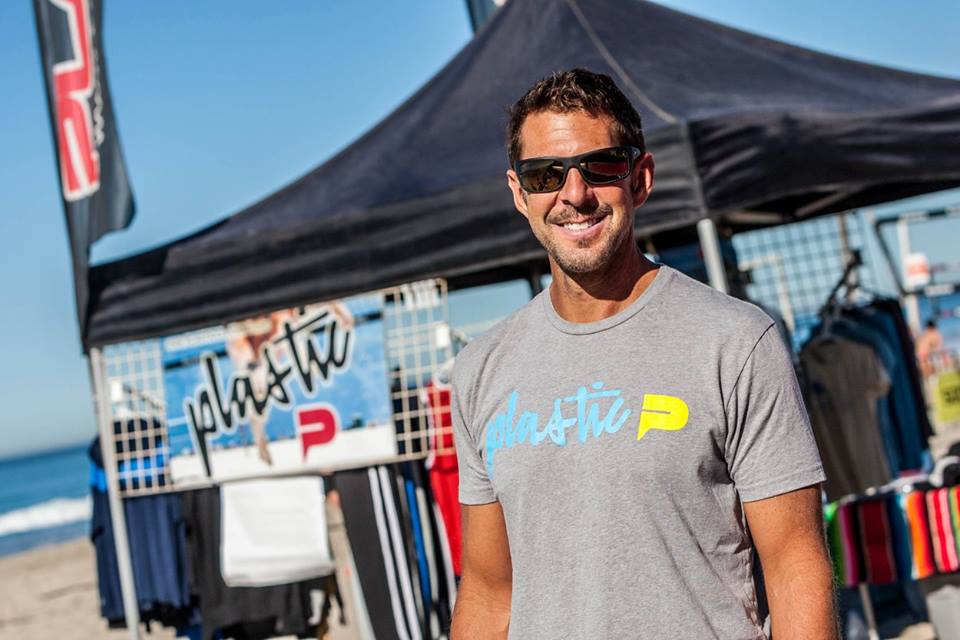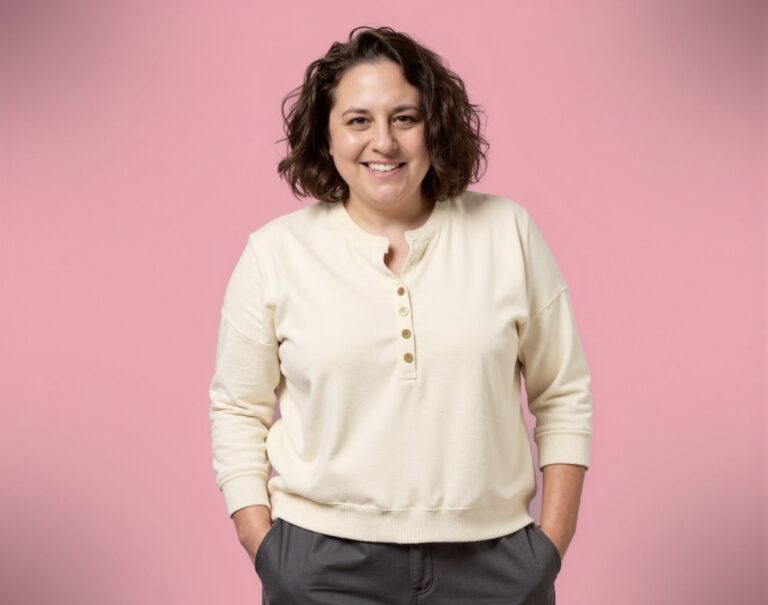We’re excited to introduce you to the always interesting and insightful Pardis Bakhtiari. We hope you’ll enjoy our conversation with Pardis below.
Pardis, thanks so much for taking the time to share your insights and lessons with us today. We’re particularly interested in hearing about how you became such a resilient person. Where do you get your resilience from?
My resilience is rooted in lived experience—particularly the experience of navigating multiple worlds as both an artist and a scholar, a migrant and a woman, someone who has moved across languages, cultures, and institutional frameworks. Relocating from Iran to the United States to pursue a Ph.D. in a second language, within a vastly different academic system, required me to cultivate a deep inner strength—not as a singular act of triumph, but as a sustained practice of adaptability, reflection, and self-definition. Every challenge became part of a larger process of becoming: learning how to hold space for contradiction, how to find clarity within uncertainty, and how to claim visibility within systems that often render difference invisible.
Resilience, for me, comes from embracing complexity rather than resisting it. It’s shaped by the dissonance of feeling out of place and still choosing to stay, to speak, to create. It’s informed by my ability to transform adversity into creative expression. My art reflects this: it is layered, emotionally charged, and unafraid to confront discomfort. As a painter rooted in expressionism, I use color as my primary language—a visceral tool to convey the emotional weight of identity, migration, and embodiment. Each brushstroke becomes a physical response to lived experience, capturing the tension, grief, hope, and resistance that often elude language. My work does not aim to soothe; rather, it invites the viewer into the raw immediacy of becoming, where contradictions are held and honored.
At the same time, my scholarly work deepens and expands this exploration. I draw on new materialism and posthumanist theory to challenge dominant models in art education and museum practice, emphasizing the role of embodiment, affect, and relationality in how we engage with art and knowledge. In my teaching and research, I intentionally create spaces where others—especially those negotiating the complexities of migration, gender, and systemic marginalization—can feel recognized and empowered to voice their stories through creative means.
This layered approach—moving fluidly between theory, practice, and pedagogy—has helped me transform resilience into more than personal survival. It has become a methodology, a framework for engagement, and a commitment to fostering inclusive, transformative environments through art and education. Whether in the studio, the classroom, or the museum, I carry this resilience as both a lived inheritance and an evolving ethic of care, imagination, and co-creation.

Let’s take a small detour – maybe you can share a bit about yourself before we dive back into some of the other questions we had for you?
My name is Pardis Bakhtiari, and I’m an artist and researcher originally from Tehran, Iran, now based in the Bay Area, California. My journey with art began in early childhood—painting was my first language, a way to make sense of my surroundings and express what words often couldn’t capture. What started as a deeply personal outlet has grown into a multidimensional career that bridges visual art, critical theory, and community-centered education.
In addition to my studio practice, I’ve spent over a decade teaching and designing art programs across universities, museums, and public institutions. As an educator, I’m committed to making art both accessible and participatory. I work to cultivate inclusive spaces where individuals—regardless of background—feel empowered to explore, create, and challenge. Whether I’m guiding children through their first creative discoveries or mentoring emerging artists in higher education, I center equity, collaboration, and social engagement in my teaching.
My academic research is equally integral to my work. I hold a Ph.D. in Interdisciplinary Fine Arts, with specializations in museum studies, feminist theory, and posthumanist philosophy. My scholarship examines how museums and cultural spaces can move beyond static representation to foster more embodied, affective, and ethically grounded interactions with art. I explore curatorial and educational strategies that challenge traditional hierarchies and prioritize relational, multisensory, and inclusive modes of engagement. This research has been presented at academic conferences, published in peer-reviewed journals, and applied through institutional collaborations.
What sets my practice apart is its intersectional, transdisciplinary foundation. I approach art not just as expression, but as a way of thinking, relating, and imagining. My work draws from personal history and collective experience, bridging theory and practice, emotion and intellect. Whether through painting, teaching, or writing, I aim to create spaces that invite dialogue, challenge assumptions, and explore the layered experiences of identity, displacement, and belonging.
Looking forward, I’m excited to expand my work through new exhibitions, public art programs, and cross-disciplinary collaborations. I see each project as an opportunity to challenge conventional boundaries—between disciplines, between people, and between what is and what could be—and to reimagine the role of art in building a more inclusive and empathetic future.

If you had to pick three qualities that are most important to develop, which three would you say matter most?
Looking back, three qualities have been especially impactful in my journey: resilience, interdisciplinary curiosity, and cultural adaptability.
Resilience has been foundational. Relocating from Iran to the U.S., pursuing a Ph.D. in a second language, and navigating unfamiliar academic and artistic systems required a constant capacity to adapt, reflect, and grow—especially in the face of uncertainty. Resilience isn’t just about persistence; it’s about learning to transform challenges into creative opportunities.
Interdisciplinary curiosity has also shaped my path. My background bridges studio art, critical theory, museum studies, and pedagogy. This openness to multiple fields has allowed me to approach art as both an expressive and intellectual practice, and to engage in meaningful dialogues across disciplines. It’s what fuels my work as an artist, educator, and researcher.
Lastly, cultural adaptability has helped me navigate and contribute to different contexts. Working across Iranian and American institutions—and between academic, community-based, and artistic spaces—taught me how to listen deeply, collaborate meaningfully, and create work that resonates across borders.
For those just beginning their journey, my advice is this:
Stay open to discomfort—it often means you’re growing. Let your questions guide your practice. Develop a reflective process that helps you understand not just what you do, but why you do it. Seek mentors, but also trust your instincts. And most importantly, cultivate a practice that is rooted in your lived experience. That’s where your most impactful and authentic work will emerge.

Alright so to wrap up, who deserves credit for helping you overcome challenges or build some of the essential skills you’ve needed?
Honestly, the person who’s been most instrumental in building the skills, knowledge, and resilience I needed to succeed has been—myself. While I’ve been fortunate to learn from mentors and find support in various communities, it’s ultimately been my own persistence, self-reflection, and inner determination that have carried me through the most difficult moments.
Relocating from Iran to the United States meant reimagining both my personal and professional identity. I had to learn in a new language, adapt to unfamiliar academic expectations, and sustain my creative practice while navigating complex cultural and institutional systems. It pushed me to become resourceful, adaptable, and fiercely self-reliant—especially in spaces where I often felt unseen or misunderstood.
That journey taught me to trust my instincts, to keep moving forward even when the path was uncertain, and to transform discomfort into creative momentum. More than anything, it revealed my capacity to lead, to teach, and to support others navigating similar paths. In many ways, those challenges didn’t just shape me into a stronger artist and scholar—they helped me become someone who believes deeply in the power of showing up for yourself, especially when no one else can.
Contact Info:
- Website: https://pardisbakhtiarii.wixsite.com/visualart
- Instagram: @pardisartt
- Linkedin: https://www.linkedin.com/in/pardis-bakhtiari-114a3358/



Image Credits
Pardis Bakhtiari
so if you or someone you know deserves recognition please let us know here.




